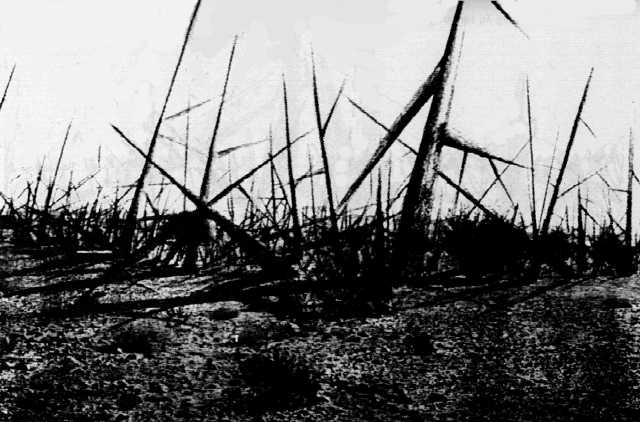This place is not a place of honor.
No highly esteemed deed is commemorated here.
Nothing valued is here.
This place is a message and part of a system of messages.
Pay attention to it!
Sending this message was important to us.
We considered ourselves to be a powerful culture.
Literally unbelievable. This U.S. government website presents the thinking and conclusions behind a project to determine how best to mark a site containing nuclear waste which would persist and remain dangerous for 12,000 years, and therefore needed to be clearly and persistently marked for future generations regardless of circumstance.
It’s fascinating. They start by discussing the physical characteristics of the site itself — how to make it feel unwelcoming from the first moment you encounter it, how to discourage farming or construction on top of it, how to instill dread and foreboding for thousands of years to come. Their solutions involve using persistent earthworks that will retain their emotional characteristics even if someday they are covered in sand.
They move on to markers and communication systems. They cannot rely on the notion that English will persist. They take into account factors like salvage and scavenging. Metal markers are produced curved, so their immediate utility as construction materials, weapons, etc., will be diminished. Signs are protected by walls to diminish the effects of the environment across 12,000 years.
Ingeniously, they developed a hierarchy of important messages to deliver. Not literally, but conceptually:
Level I: Rudimentary Information: “Something man-made is here”
Level II: Cautionary Information: “Something man-made is here and it is dangerous”
Level III: Basic Information: Tells what, why, when, where, who, and how (in terms of information relay, not how the site was constructed)
Level IV: Complex Information: Highly detailed written records, tables, figures, graphs, maps and diagrams
